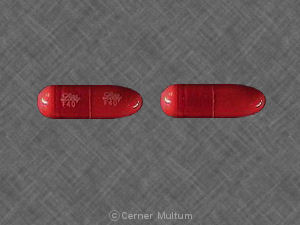Seconal Sodium Interactions
There are 612 drugs known to interact with Seconal Sodium (secobarbital), along with 13 disease interactions, and 2 alcohol/food interactions. Of the total drug interactions, 36 are major, 549 are moderate, and 27 are minor.
- View all 612 medications that may interact with Seconal Sodium
- View Seconal Sodium alcohol/food interactions (2)
- View Seconal Sodium disease interactions (13)
Most frequently checked interactions
View interaction reports for Seconal Sodium (secobarbital) and the medicines listed below.
- Abilify (aripiprazole)
- Adderall (amphetamine / dextroamphetamine)
- Adderall XR (amphetamine / dextroamphetamine)
- Ambien (zolpidem)
- Ativan (lorazepam)
- baclofen
- cannabis
- clonazepam
- Cymbalta (duloxetine)
- Desoxyn (methamphetamine)
- Dexedrine (dextroamphetamine)
- Dilaudid (hydromorphone)
- Fioricet (acetaminophen / butalbital / caffeine)
- Flexeril (cyclobenzaprine)
- Klonopin (clonazepam)
- Lomotil (atropine / diphenoxylate)
- lorazepam
- Lyrica (pregabalin)
- MS Contin (morphine)
- Neurontin (gabapentin)
- oxycodone
- prednisone
- propranolol
- Restoril (temazepam)
- Ritalin (methylphenidate)
- Soma (carisoprodol)
- trazodone
- Valium (diazepam)
- Xanax (alprazolam)
- Zanaflex (tizanidine)
Seconal Sodium alcohol/food interactions
There are 2 alcohol/food interactions with Seconal Sodium (secobarbital).
Seconal Sodium disease interactions
There are 13 disease interactions with Seconal Sodium (secobarbital) which include:
- acute alcohol intoxication
- drug dependence
- liver disease
- porphyria
- rash
- respiratory depression
- cardiovascular
- prolonged hypotension
- adrenal insufficiency
- depression
- hematologic toxicity
- osteomalacia
- paradoxical reactions
More about Seconal Sodium (secobarbital)
- Seconal Sodium consumer information
- Compare alternatives
- Reviews (13)
- Drug images
- Side effects
- Dosage information
- During pregnancy
- Drug class: barbiturates
- Breastfeeding
Related treatment guides
Drug Interaction Classification
| Highly clinically significant. Avoid combinations; the risk of the interaction outweighs the benefit. | |
| Moderately clinically significant. Usually avoid combinations; use it only under special circumstances. | |
| Minimally clinically significant. Minimize risk; assess risk and consider an alternative drug, take steps to circumvent the interaction risk and/or institute a monitoring plan. | |
| No interaction information available. |
See also:
Further information
Always consult your healthcare provider to ensure the information displayed on this page applies to your personal circumstances.


